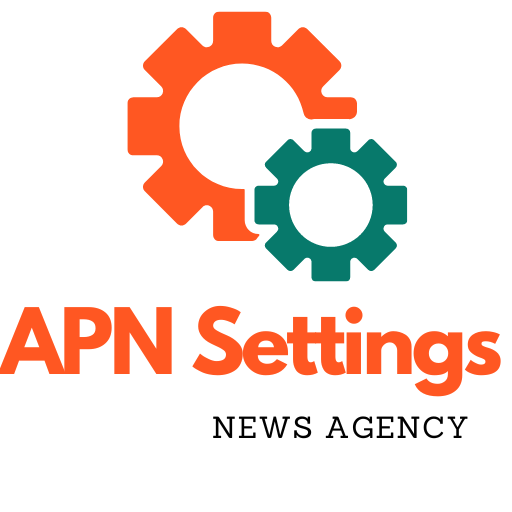AirMatrix, an aerial traffic management software platform with headquarters in Miami and Toronto, got money from NRC IRAP-Canada to improve cellular signal mapping from 400 to 1,000 feet. This investment will help AirMatrix grow drones and urban transportation securely and affordably in difficult airspace.
Uncrewed traffic management (UTM) software from AirMatrix helps drones navigate complicated airspace safely and effectively. The company’s software creates exact autonomous drone roadways to keep city skies free, secure, and controlled.
The company’s real-time geofencing, situational awareness, and deconfliction services let operators make confident and educated judgments. AirMatrix will focus on urban aerial mobility after drones. A unified system to coordinate data streams across data sources is needed for passenger-carrying drones that fly up to 10,000 feet.

NRC IRAP-Canada funds aerial traffic management software AirMatrix to map cellular signals from 400 to 1,000 feet.
The NRC IRAP-Canada project in Calgary collects telecoms strength data at unprecedented heights. Disaster response drone operators need the data. Knowing the strength of the local telecommunications, drone operators may confidently deploy drones. Drone operators require the data to plan flights. Drone operators use real-time data from AirMatrix to make judgments.
Use cases benefit telecom providers directly from the study effort. This comprises low-Earth-orbit satellite firms that supply positional and network information and urban aerial mobility like flights and drones. Telecom companies don’t currently know signal strength and coverage over a particular height for these new use cases. These new use cases will benefit from the project’s 1,000-foot data. Telecom providers may optimize network coverage and communication for developing technologies.

AirMatrix is developing drone pilots’ beyond-visual-line-of-sight technology. Situational awareness—watching the drone’s surroundings—is crucial. AirMatrix is installing systems in cities to provide drone operators with regulator-required data. AirMatrix will create data feed standards with Transport Canada and the FAA in the US.
AirMatrix focuses on airspace beneath 400 feet since most nations require specific authorization for airspace over 400 feet. AirMatrix is gathering data at 1,000 feet for passenger-carrying and heavy-payload drone infrastructure. AirMatrix wants telecom providers to start creating infrastructure for higher altitudes.
Bashir Khan, “NRC IRAP-Canada funding will help us develop the technologies and data sets needed to scale drones and urban area mobility safely and economically in complex airspace.” “We are excited to partner with Transport Canada and US regulatory bodies to help set the standards for these data feeds and build the necessary infrastructure to support higher airspace,” says AirMatrix founder and CEO Bashir Khan.

